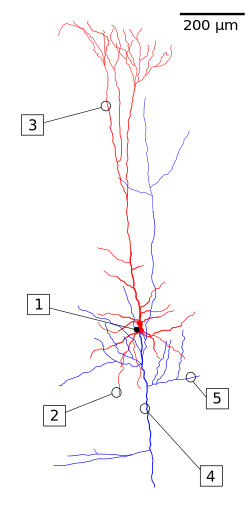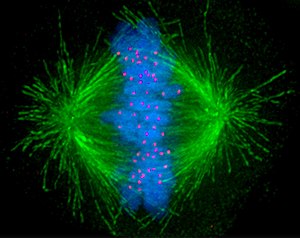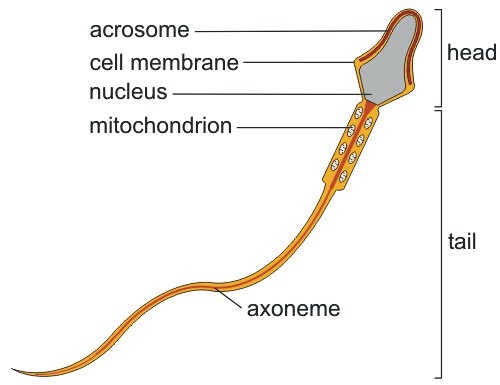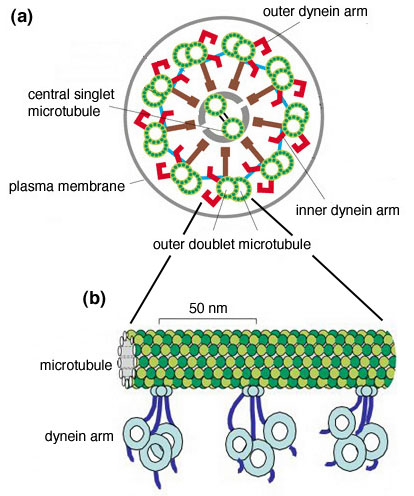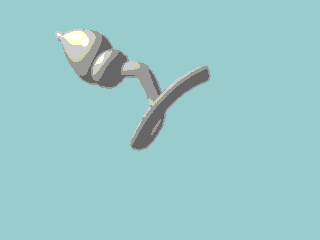Write4U
Valued Senior Member
Right, it replicates itself.DNA does not make copies of itself.
Am I claiming different? Who brought up DNA?DNA is not a polymer consisting of four chemicals. Nor can it duplicate itself. It needs a lot of help.
btw, DNA does not duplicate itself, it replicates itself.
DNA Structure Activity
Problem 10: Review of the Features of the Watson-Crick Model for DNA Structure
Components of DNA
DNA is a polymer. The monomer units of DNA are nucleotides, and the polymer is known as a "polynucleotide." Each nucleotide consists of a 5-carbon sugar (deoxyribose), a nitrogen containing base attached to the sugar, and a phosphate group. There are four different types of nucleotides found in DNA, differing only in the nitrogenous base. The four nucleotides are given one letter abbreviations as shorthand for the four bases.
http://www.biology.arizona.edu/biochemistry/activities/DNA/10t.html#A is for adenine
G is for guanine
C is for cytosine
T is for thymine
I am not discussing "DNA replication". My claim is that MT are responsible for "cell division" or "mitosis".
Right, microtubules are NOT involved in DNA replication. Apparently you do not read anything I post.Nope. Read the very thing you posted: "The primary enzyme involved in [duplication] is DNA polymerase which joins nucleotides to synthesize the new complementary strand." Nothing about microtubules.
Let me refresh;
During mitosis replicated chromosomes are positioned near the middle of the cytoplasm and then segregated so that each daughter cell receives a copy of the original DNA (if you start with 46 in the parent cell, you should end up with 46 chromosomes in each daughter cell).
To do this cells utilize microtubules (referred to as the spindle apparatus) to "pull" chromosomes into each "cell". The microtubules have the 9+2 arrangement discussed earlier. Animal cells (except for a group of worms known as nematodes) have a centriole.
https://www.khanacademy.org/science...dna/a/hs-dna-structure-and-replication-reviewCommon mistakes and misconceptions
DNA replication is not the same as cell division. Replication occurs before cell division, during the S phase of the cell cycle. However, replication only concerns the production of new DNA strands, not of new cells.
Do you have a problem with Kahn Academy?
This is a thread about microtubules and their various functions throughout the entire organism, in order to see if this can be the foundation to the emergence of self-awareness (consciousness), it is not about DNA. Do you want to discuss DNA? Start a new thread !
Last edited:


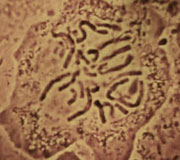
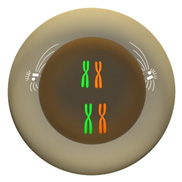
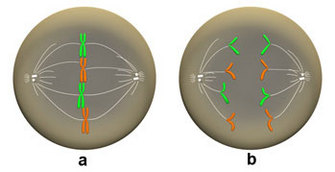
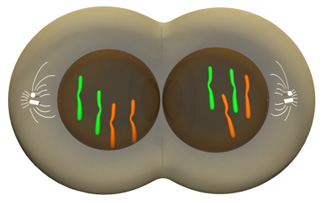


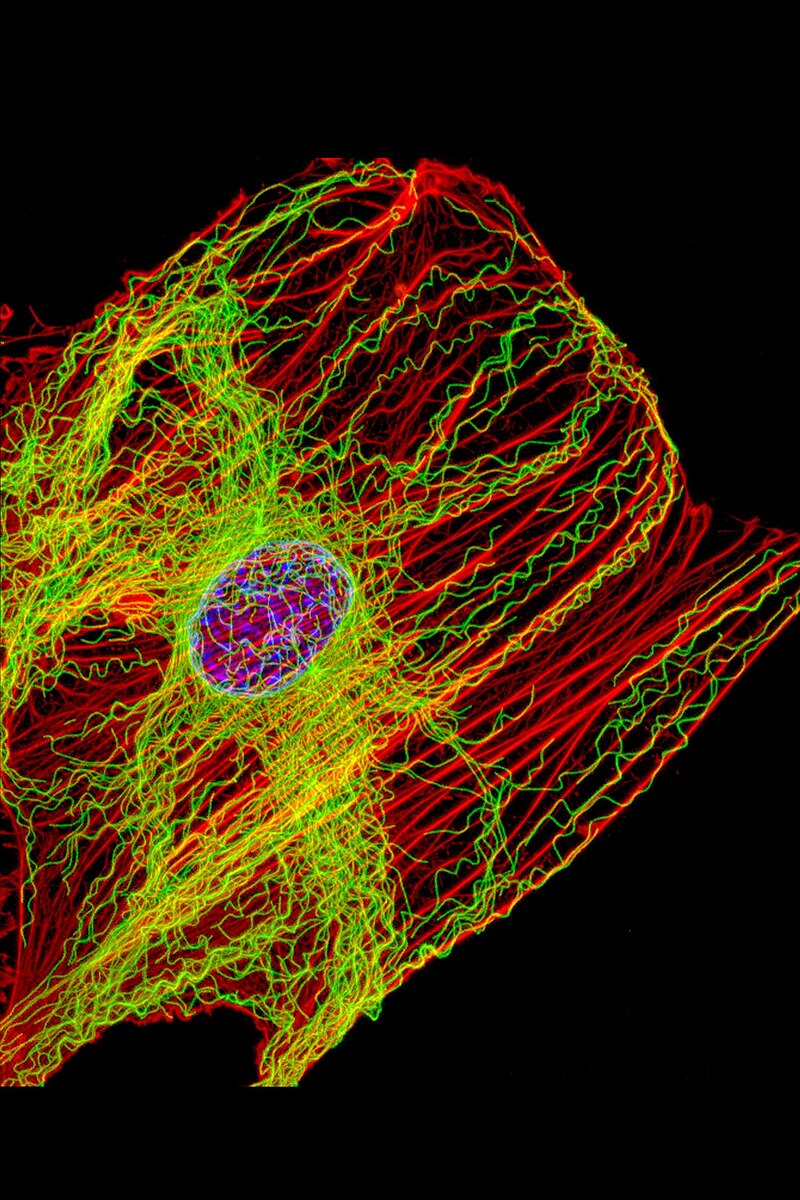

 ...... That's about it. Question is where and exactly how does this originate, that allows us to experience visual images, olfactory sensations, auditory cognition, pain, etc.
...... That's about it. Question is where and exactly how does this originate, that allows us to experience visual images, olfactory sensations, auditory cognition, pain, etc.
